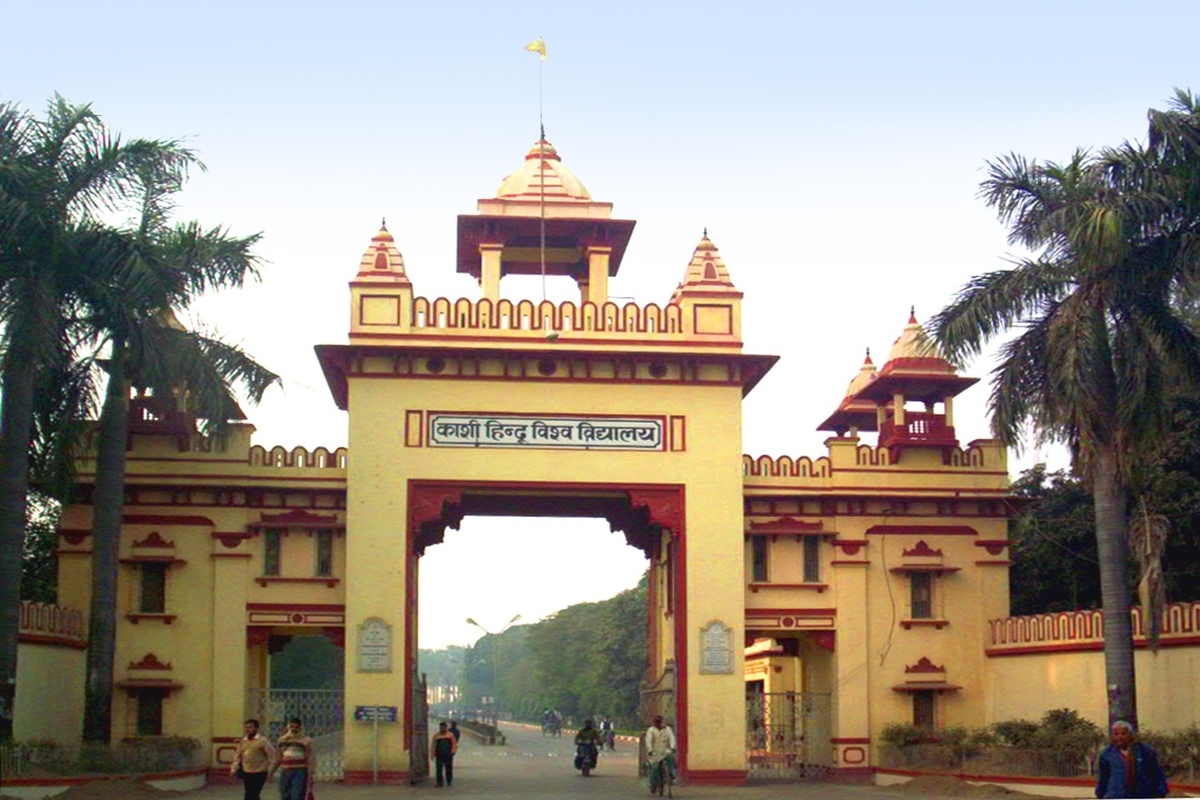Market extends gain amid buying in IT, metal and realty names
Amid mixed global markets, indices opened on a strong note and witnessed a rangebound movement throughout the session.
The researchers prepared the mold in the study using Ganga soil from the ghat in Varanasi and bentonite clay.

Banaras Hindu University. (File Photo)
The researchers prepared the mould in the study using Ganga soil from the ghat in Varanasi and bentonite clay.
Advertisement
The mould was tested for its ability to adsorb copper, nickel and zinc ions. The adsorption process showed that equilibrium was achieved within half an hour of the process.
Advertisement
The research is published in the International Journal of Environmental Science and Technology, published by Springer. The impact factor of this journal is 3.083.
Giving information about this research, Assistant Professor Dr Vishal Mishra, principal researcher of the School of Biochemical Engineering and his PhD student Jyoti Singh said that bentonite is a smectite-group clay mineral found in nature.
It has a wide active surface area, specific hydration properties and strong cation exchange capabilities. It is inexpensive, widely available and effective against a wide range of impurities and metal ions. Because of these properties, bentonite clay is an excellent choice for heavy metal ion removal from bulk solutions. One of its valuable properties is the ability of bentonite to adsorb cations.
He further explained that adsorption in the soil occurs when the components of the solution adsorb to the surface of the soil particles. This process is influenced by the inorganic and organic components of the soil surface as well as the associated environmental conditions.
Soil particles can include a wide variety of compounds, including soil components, plant nutrients, surfactants, pesticides, and environmental pollutants found in soil solutions.
Soil is amphoteric, with a broad spectrum of negative and positive charges and magnitudes. Clay retains a stable negative charge due to ion substitution or site vacancies in crystalline clay minerals and structural defects due to non-crystalline hydrous oxides of silica, iron and aluminium.
Dr Vishal Mishra informed that Varanasi has a humid subtropical climate with a significant temperature difference between summer and winter. The basin’s annual mean rainfall varies from 39 to 200 cm, with an average of 110 cm. Eighty per cent of the rainfall occurs during the monsoon season, which lasts from June to October.
Due to the large temporal variation in rainfall throughout the year, the river’s flow characteristics vary greatly. The concentrations of all heavy metals (Cd, Cr, Cu, Ni, and Pb) were increased in the downstream sampling stations.
The primary sources of these elements are emissions from nearby urban and industrial areas. Vehicle emissions are the primary source of urban particulate matter. Re-suspension of land-deposited particles may provide additional evidence for heavy metal loading.
He said that heavy metals have high atomic numbers, atomic weights, and atomic densities and are toxic if consumed in large quantities.
Although heavy metal poisoning is usually treatable, prolonged exposure can lead to life-threatening and debilitating illnesses.
Advertisement